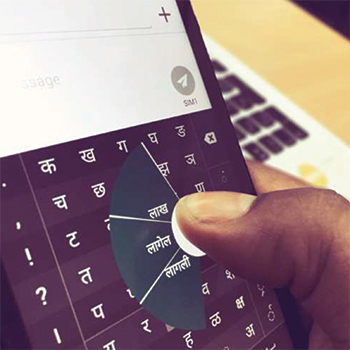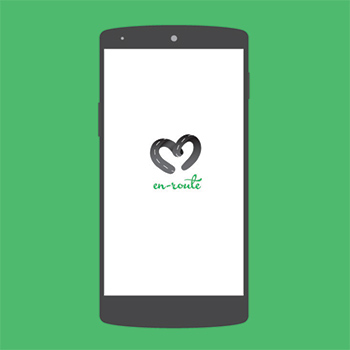Metro cities in India are flooding with masses travelling to these cities for better employment because of growing IT sector. High income group people travel to these parts of city in large number everyday using their private vehicles. The infrastructure of these cities is unable to cater to the increasing number of vehicles. This is resulting in worsening the traffic conditions in these parts of the city. Hinjewadi IT Park in Pune is no exception. More than 4 lakh people commute here everyday. It has been observed that more than 90% of the cars have maximum 2 seats occupied. Ride sharing can be a potential solution to reduce traffic in these areas. But, people are not motivated to share their ride for various reasons. In this project, socialisation is used as a medium to motivate people to share their ride. A mobile application was designed which be can used to connect to people of similar interests and who are staying and working around. Gamification and social bragging about the carpooling is also used as a motivator in the application. These indices bring out the information of how users of the application are contributing to make a greener city. By using the solution, users can create groups based on the interests. These groups will bring together like minded people. Attempts were made to create a ride sharing community of Hinjewadi as a ride sharing solution will only work if there are enough number of ride offerers in the solution. A group was created who travel on the same route, have similar commute timings and have a common interest. This group was studied and analysed to test the idea. This group was active and running for 3 months. Their experiences are captured and documented in the report. Pilot Heuristic evaluation was conducted with the group of interaction designers to test usability of the solution. The insights from the evaluation were used to iterate prototype. The prototype was evaluated with actual users for different tasks in Hinjewadi. A think a loud test along with qualitative feedback from users was conducted.



